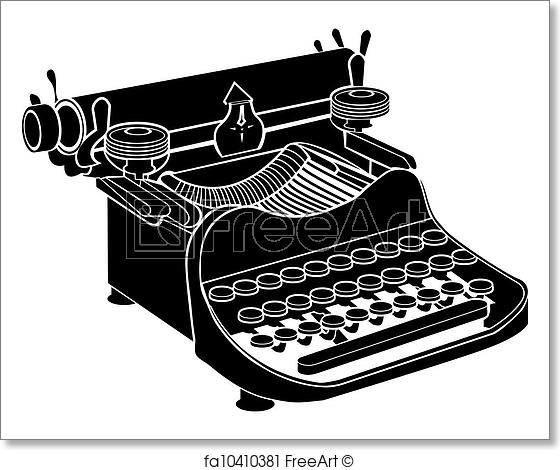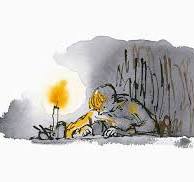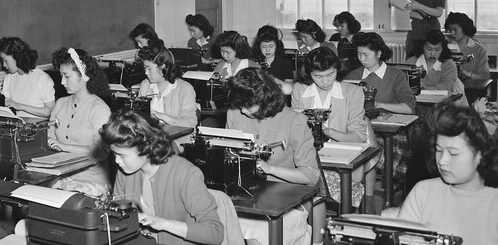The Rhythm of Writing

“His [Flusser’s] writing method evolved in the era of the portable manual typewriter, and he never changed it thereafter, despite the explosion of information technology through which he was to live and about which he was to philosophize…He rejected electric and electronic-typewriters because he objected to the noises they made…Flusser defended his preference for manual over automatic machines by claiming that the silence between keystrokes coupled with the physical act of returning the carriage left to right, left to right, punctuated his thoughts at the correct intervals for composition.” Pawley, Martin (1999) “Introduction,” 7-16 in Vilém Flusser, The Shape of Things, London: Reaktion 1999, 13-14.
It seems he “played” on the typewriter with a fluency similar to that of, say, a jazz musician, someone for whom the technology makes such a slight demand on consciousness that the player’s own changing awareness can actually register in the medium (Such things are said of, for example, Louis Armstrong — that you could hear him thinking). Quite possibly he understood the gesture as a move in a game, the game of a particular language in which he could act himself out (?), knowing he could, and probably would, abandon that particular game [read: language] at some point and move [translate] to another. The spaces in between, he often said, were spaces of freedom.


